Introducing Biomechanics Measures: Unlocking the Future of Health & Fitness
Are you a health and fitness service provider striving to deliver the highest level of care to your clients? Do you want to stay ahead of the curve and leverage cutting-edge technology to enhance your diagnostic capabilities? Look no further than biomechanics measures - the game-changer that will revolutionize the way you understand and optimize your clients' health.
What is Biomechanics?
Biomechanics is the study of how the body moves, and about how forces like gravity act on the body, and how the body responds to those forces. By implementing biomechanics measures, health service providers gain valuable insights into the functioning and capabilities of the human body. This innovative approach enables you to analyze various physical movements, identify potential imbalances, and tailor training plans to optimize client outcomes.
Why Biomechanics Measures?
1. Precision Assessment: Biomechanics measures provide an unprecedented level of accuracy in assessing clients' physical abilities. By leveraging cutting-edge technology, you can obtain detailed data on joint flexibility, muscle strength, posture, gait analysis, and more. This information empowers you to pinpoint underlying issues and address them effectively, enabling more accurate diagnoses.
2. Tailored Exercise Plans: No two clients are the same, and their training plans should reflect that. Biomechanics measures allow you to personalize interventions based on an individual's unique biomechanical profile. By understanding their specific limitations, you can design targeted exercise programs, recommend specialized interventions, and optimize rehabilitation protocols - leading to faster recovery and improved overall health.
3. Injury Prevention: Prevention is always better than cure. Biomechanics measures enable early detection of potential injury risks. By identifying movement patterns that may contribute to repetitive strain injuries or musculoskeletal disorders, you can proactively guide clients toward corrective exercises and lifestyle modifications. This proactive approach not only enhances client well-being but also reduces the burden on healthcare facilities.
4. Enhanced Performance: Biomechanics measures aren't limited to injury prevention and rehabilitation. Personal trainers, athletes and fitness enthusiasts can benefit immensely from this cutting-edge technology. By evaluating their biomechanical performance, you can identify areas of improvement, optimize training techniques, and help them reach peak physical performance. Be the go-to provider for sports teams and fitness enthusiasts seeking to gain a competitive edge.
5. Stay Ahead of the Competition: Embracing biomechanics measures sets you apart as an innovative healthcare provider.
Objective measures using biomechanics are important for evaluating movement quality because they can provide accurate and reliable data on how the body functions during different activities. 3D recording of movement in people with dysfunction is used to visualise how the body moves and balances - making the numbers make sense. This awareness is powerful for motivation and for self-management.
